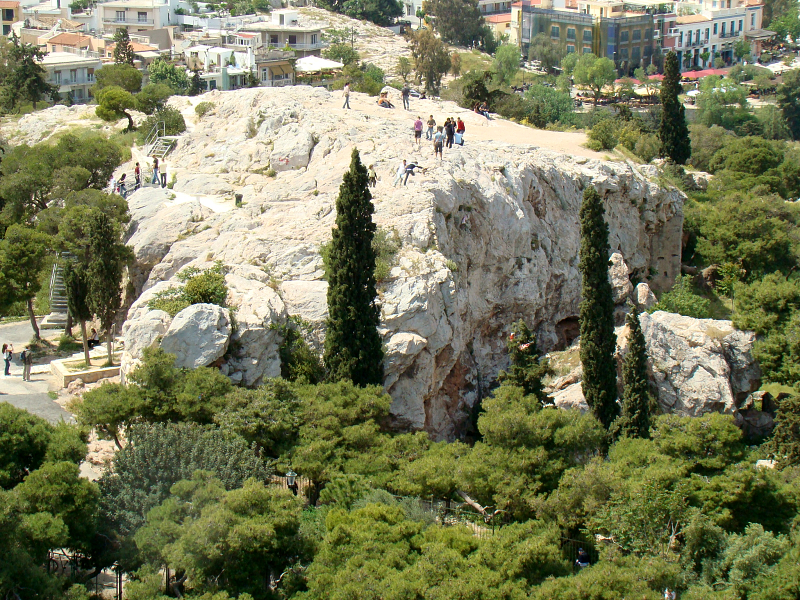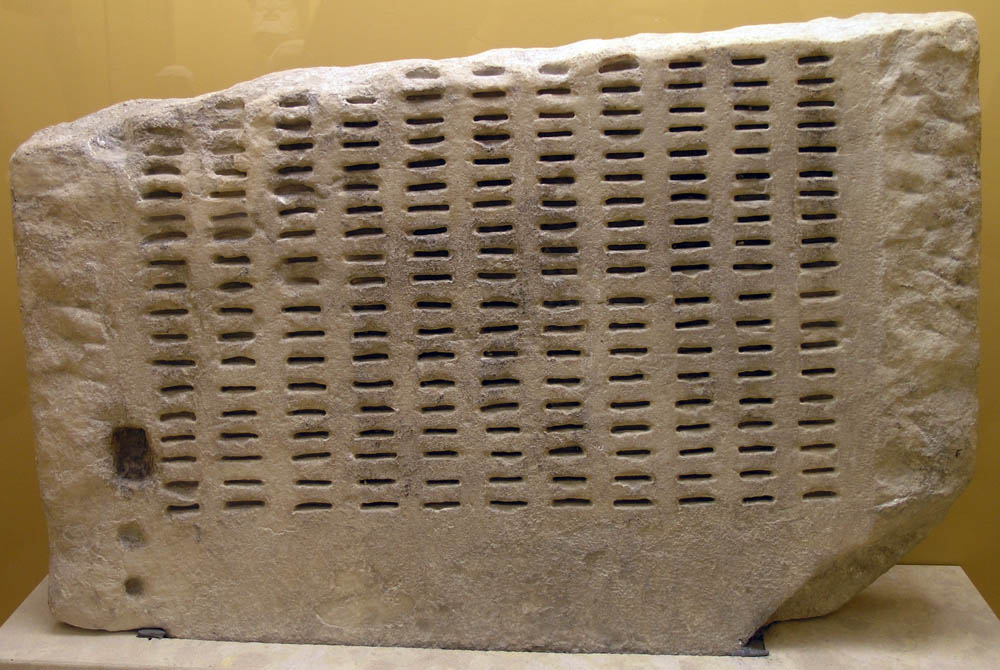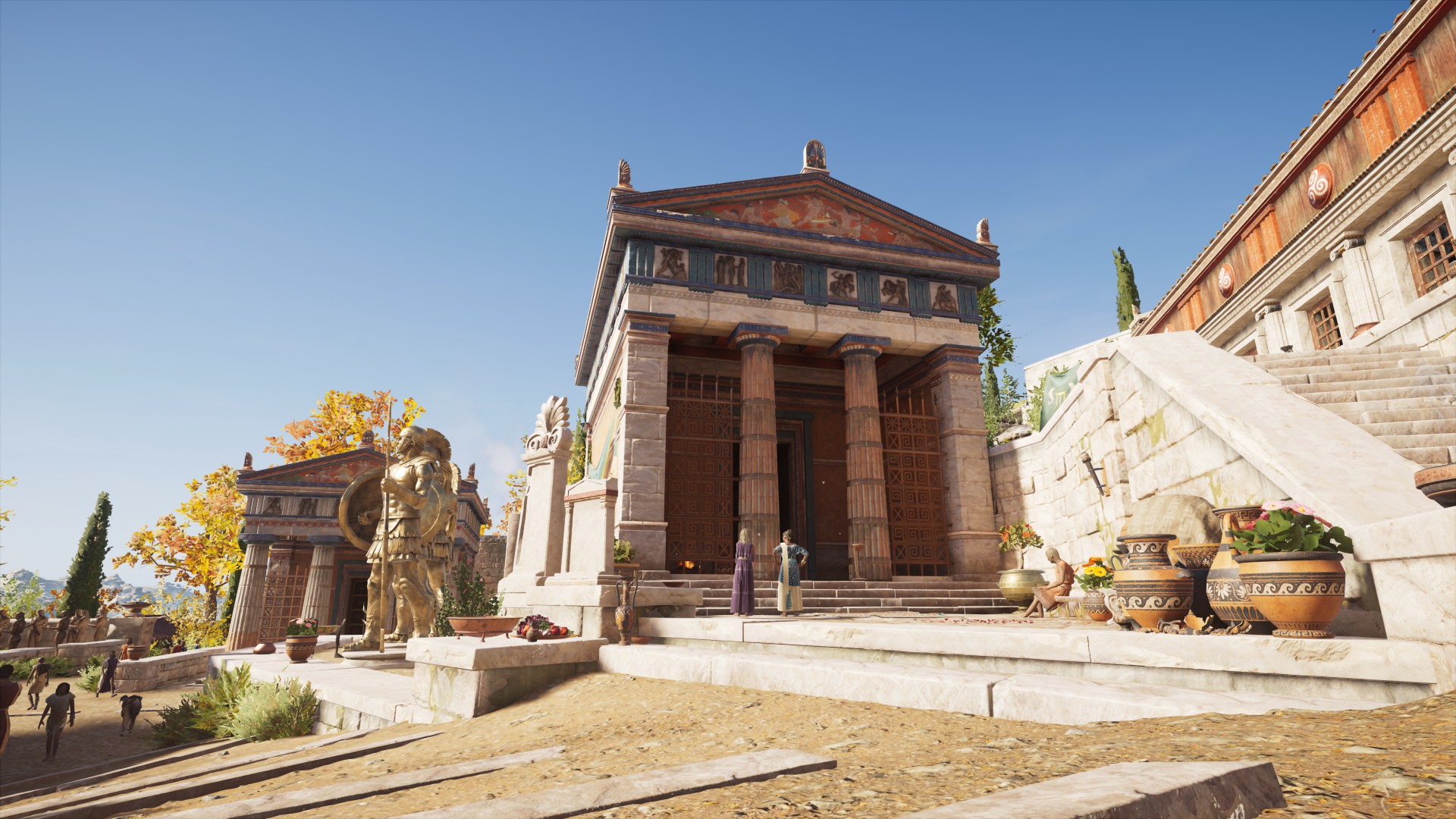
The Archaeology of Democracy
Sep 09, 2024In the confines of Athenian democracy, only the free citizens (that is, bare in mind, men who owned property) would have power to vote, largely those comprising the 10 tribes of Attica. Here’s a flow chart of how Democracy was thought to work in Athens, at least, according to Aristotle.

While this is undeniably complex, I show it to compare with the oligarchal model of Sparta, here:

One of the key defining features of Sparta’s oligarchy was its development and engagement with villages, rather than tribes as the backbone of its system. Most people are equally familiar with the dual kingship system, but beyond this, there were the Spartiates, the full citizens of the polis. These citizens had two predominant arenas of power, the Gerousia, made up of 28 men over the age of 60, who would be selected from the wider body of males over the age of 18, grouped under a system known as the Apella.
Aside from full citizens, the region of Lakonia also had the Perioikoi, which were Lacedaemonians from the surrounding territory of Sparta, who did not possess full citizens rights, but were nevertheless required to fight in the Spartan army. Finally, something seemingly unique to Sparta was its lowest class known as Helots who were comprised of conquered subjects used in serfs and considered property of the state.
Democracy was unique to Athens, and -as we can see, each city state had its own system of governance largely inspired by its own native traditions and customs. Breaking down Athenian democracy further, it was markedly different from modern western democracies. Athens held a direct democracy, not a representative, meaning that individual citizens themselves comprised the council and made decisions rather than electing people to do it for them. One of the founding principles behind it was the concept of Isonomia, equality under the law, so that all people (again, "all" being men who owned property or were members of the 10 tribes) were equally represented and partook in decision making in the city.
Of the various institutions of democracy, we can speak about the Ekklesia -the assembly of citizens, who met upon the Pynx, the Boule -the council of 500 who met in the Bouleterion in the Agora to enact laws, the Prytenseis -a sub council of 50, who met in the Pryteneon in the Agora to make vital or rapid decisions when needed. Finally, we had the Areopagus -the “Crag of Ares” which formed the council of 9 archons who tended to anomalous duties throughout the city.

While democracy is fascinating, it’s not really something archaeology can tell us a lot about, so the tendency is to rely on texts. Archaeological focus is often on earlier periods in which texts can’t tell us much. We focus on things like tombs, domestic structures and material things to tell us about changes in society and evolutions of ideology. Doing this for democratic Athens though is much harder, because the very things that generally signal inequality lessen in the record.
When looking at Athenian Archons, those members of the Areopagus, they are the Magistrates who mostly occupied the Royal Stoa. Some examples are figures like the Basileus, who actually seems to have been more of a religious director and the Polemarchos, who dealt with the organisation of warfare. The famous eponymous archon was the chief magistrate, whose office was annual by Solon’s time, with each year being named after the individual who held office, thereby being used for dating events.
Archaeology can tell us a bit about aspects of this democracy though. We have found elements of nomination “machines” known as Kleroterion, which were used to select members of the council. These large blocks had holes in them for bronze juror tickets, known as pinakion, which could be signed with the name of the individual, their father’s name and their Deme.

 We equally have plenty of ostraka, which attest to inscriptional evidence of democracy, as Athenians would often inscribe them with names of votes for other candidates if they felt one was getting too powerful. One major example of this is the Ostraka of Megacles, who was ostracised from Athens in 486 BC. We have over 4000 ostraka bearing his name from the Keramikos.
We equally have plenty of ostraka, which attest to inscriptional evidence of democracy, as Athenians would often inscribe them with names of votes for other candidates if they felt one was getting too powerful. One major example of this is the Ostraka of Megacles, who was ostracised from Athens in 486 BC. We have over 4000 ostraka bearing his name from the Keramikos.
Looking further to the places of democracy, we first have the Pynx, the seat of the Ekklesia. This was one of the main centres of democratic action, where every member of the city could meet to hear laws, debate and dialogue. Decisions like whether to go to war would have been brought before the council here. Reflecting its importance, the Pynx became more and more monumentalised as Greece entered the Hellenistic Period. On the other hand though, this may also reflect the increasing presence of aristocrats in the democratic council. In such equalist situations, places like the Theatre of Dionysus and the Panathenaic Stadium served as ways to undermine such influence or exert elements of personal power, whether by sponsoring athletes or performers or partaking in them themselves.

Another aspect of Athenian political life was the Symposium, made famous by Plato. While this was decidedly more private, it nevertheless had a political function. Implicit questions and assumptions were around who was allowed to drink together, where they were allowed to do it, and what quality the wine was. This was the environment which created micro-networks, political friendships and sub-groups within society. These private lives of political individuals inadvertently affect decision making in public space, even if they tried to distance the two. Archaeologically, we can differentiate types of kylix ware -wine cups, by house type to see the kinds of people who were involved in different levels and groups of the Symposium network.
Somewhat ironically, Athenian Imperialism is tied up with their democracy. The moment in time in which Athens seems very interested in sending a message of power to surrounding states, is around the same time that democracy reaches its height. Despite the view of democracy as a beneficial and evolved system, its implementation in Athens coincided with increased notions of xenophobia for the outside states. While it may treat its own citizens respectfully in the democracy, with the advent of things like the Delian league, Athens also treats its neighbours far more bullishly that almost mirrors empire-esque attitudes.
In other words, there is an inherent asymmetry in Athenian democracy with regard to how Athenians are treated, and external city states are. Not only is the Athenian treasury at Delphi a clear statement of wealth, intended to show Athenian Imperial superiority, but the major architectural marvels of the Parthenon and Acropolis were build on the backs of finances from the Delian League, extracted through harsh taxation of surrounding states. In other words, it’s a democracy for themselves, but a very different scheme for outsiders and trade relations.

As we move into the Hellenistic period, we see the return of kingship in the form of the Macedonian Dynasties. Philip seems to have had a fairly easy time taking over the democracy of Athens, as it seems to have followed the fate of many of the other Polises and expanded to its limits before beginning to decline and fracture. The new political organisation brought about by monarchy allowed for the expansion that facilitated economic wealth that the democracy just couldn't do outside of its Chora/Hinterland.
The Greeks of the Hellenistic period are able to therefore show power in very different ways. It’s not so much about burial places and tombs anymore as it is palaces, stocked to the brim with elite items of jewels, precious stones and prestige items. Hierarchical organise becomes markedly different, and members of the elite noble and royal class differentiate themselves clearly. This doesn’t mean there aren’t necessarily benefits for the wider population, they certainly benefit from the territorial empire’s economic success, but power structures are far more clearly defined.
Sources
Ober, J. 1989. Mass and Elite in Democratic Athens: Rethoric, Ideology, and the Power of the People. Princeton
Osborne R. 1996 Greece in the making 1200-479 BC. Chapters 7-9.
Raafkaub, K.A., Ober, J. and Wallace, R. W. (eds.) 2007. Origins of Democracy in Ancient Greece. University of California Press.
Kourouniotes, Thompson, H. Excavations of the Pnyx of Athens. American School of Classical Studies at Athens
Hansen, M.H. 1987: The Athenian Democracy in the age of Demosthenes. Oxford
Ober, Josiah; Hendrick, C. 1996: Demokratia: a conversation on democracies, ancient and modern. Princeton
Malkin, I, Blok J: 2024: Drawing Lots: From Egalitarianism to Democracy in Ancient Greece. Oxford University Press
Haggis, D, Mook, M, Fitzsimons, R, Scarry, C, Snyder, L, Stefanakis, M, West, W. 2007: Excavations at Azoria, 2003-2004, Part 1: The Archaic Civic Complex. Hesperia. 76. 243-321
Don't miss a post!
Sign up to get notified of when I upload as well as any new classes delivered to your inbox.
I hate SPAM. I will never sell your information, for any reason.


